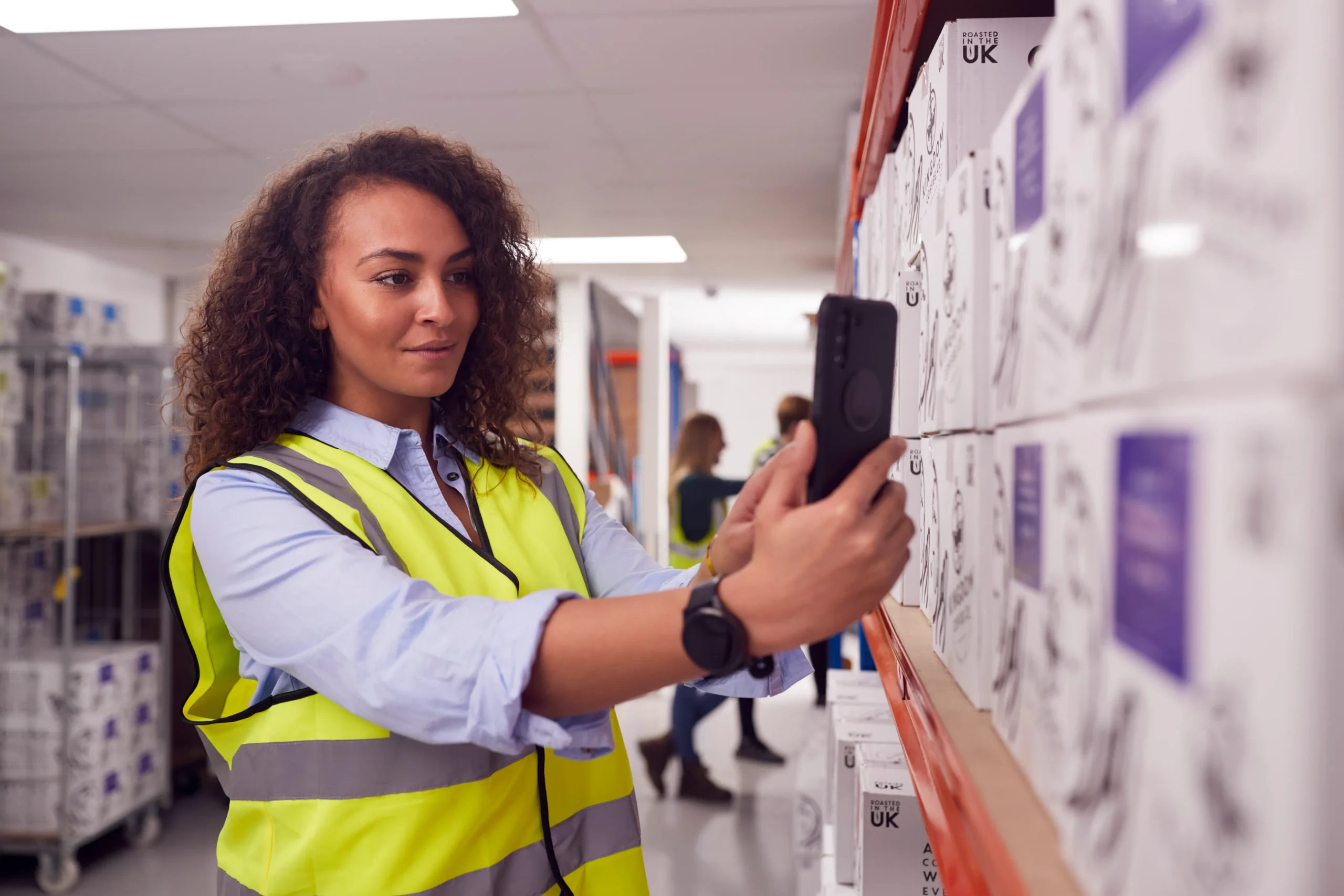Turn your 3PL warehouse into a centre for new business growth and revenue opportunities. With our support, you gain more than a system – a partner committed to your success, unlocking new avenues for your business to flourish.
Turn your 3PL warehouse into a centre for new business growth and revenue opportunities. With our support, you gain more than a system – a partner committed to your success, unlocking new avenues for your business to flourish.
Our system bends and flexes to fit your warehouse’s unique workflows, not the other way around. You can quickly and easily customise workflows that adapt to your needs, making your daily operations smoother and more efficient.

Take the hassle out of billing by automatically generating invoices from completed tasks! It ensures each charge is accurate and tailored to each client’s profile, streamlining your billing process and keeping everything precise and client-focused.

Swiftly adapt to new clients, customising to specific needs with minimal downtime. Rapid deployment accelerates your operations and client satisfaction, giving you an edge in the competitive 3PL market.

When a Managing Director at a 3PL company faced the end of support for their old warehouse management system, they switched to Clarus WMS and saw transformative results. The shift brought significant time savings and reduced overhead, starkly contrasting their previous, self-hosted solution. Our user-friendly interface and streamlined processes dramatically improved warehouse operations, making management more efficient.
Clarus Software Limited
Huckletree Ancoats, The Express Building,
9 Great Ancoats Street, M4 5AD.
Company Number 08830957, VAT Registered GB258034604.
© Copyright 2024. All rights reserved.